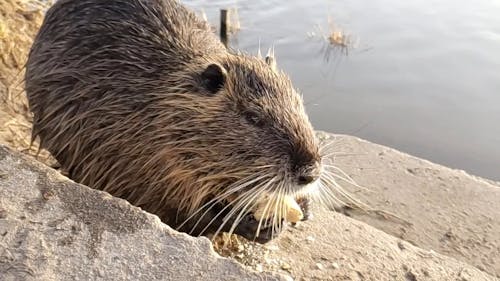Beavers are a species of large, semi-aquatic rodents known for their impressive engineering abilities and unique ecological impact. These fascinating creatures play an important role in their ecosystems and have a long and storied history of interactions with humans.
Appearance and Behavior
Beavers are the largest rodents in North America, with adults typically weighing between 35 and 60 pounds. They have a distinctive broad, flat tail that they use for swimming and communication, as well as thick fur that keeps them warm in cold water. Beavers are excellent swimmers and can stay underwater for up to 15 minutes at a time.
Beavers are primarily nocturnal and spend most of their time in and around water. They are social animals and live in family groups called colonies, which can range from a few individuals to up to 12. They are known for their impressive ability to build dams and lodges, which they use for shelter and protection from predators.
Ecological Impact
Beavers play an important role in their ecosystems, both as architects and as ecosystem engineers. By building dams and lodges, they create habitat for a variety of other species, including fish, birds, and amphibians. These structures also help to slow down the flow of water, which can help to reduce erosion and improve water quality downstream.
However, beavers can also have a negative impact on human infrastructure, particularly in areas where their dams or lodges cause flooding or damage to roads and buildings. In some cases, beavers may need to be relocated or removed from an area in order to prevent these types of problems.
Conservation and Management
Beavers were once heavily hunted for their fur, which was used in the production of hats and other clothing items. However, populations have since recovered, and beavers are now considered a species of least concern by the IUCN.
Despite this, beavers still face some threats, particularly from habitat loss and fragmentation. As a result, many conservation organizations are working to protect and restore beaver habitats and promote coexistence between beavers and humans.
Conclusion
Beavers are a fascinating and important species that play a critical role in their ecosystems. While they can have a significant impact on human infrastructure, they are generally considered to be beneficial to the environment, and many conservation organizations are working to protect and restore their habitats. With proper management and conservation efforts, beavers can continue to thrive and contribute to the ecological diversity of their ecosystems.


Comments
Post a Comment